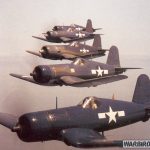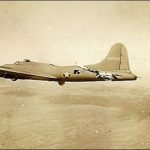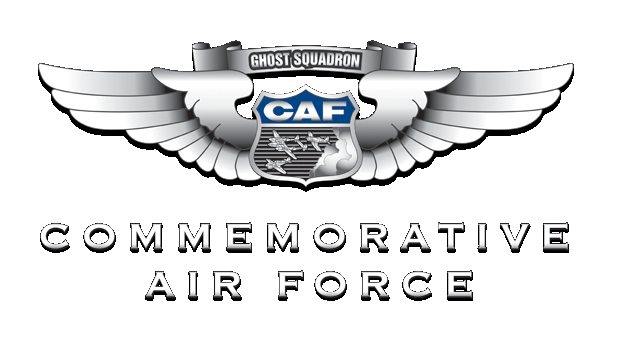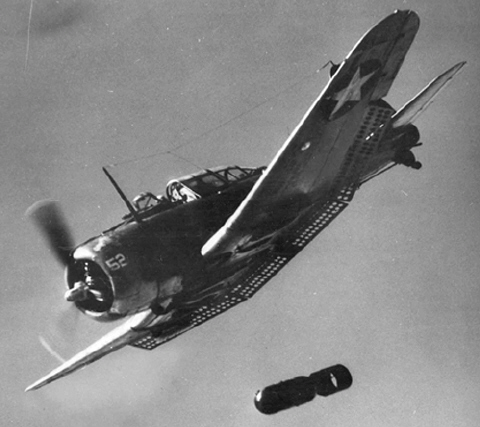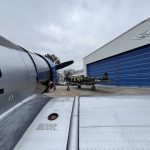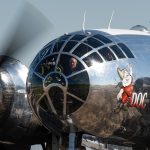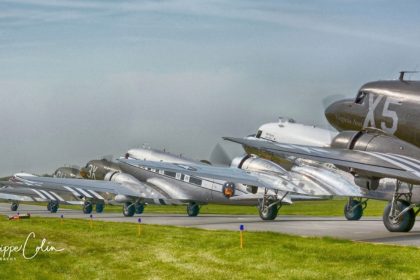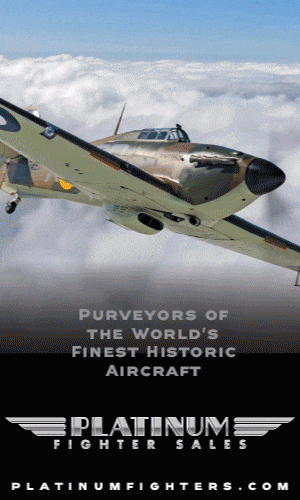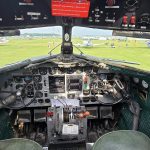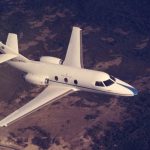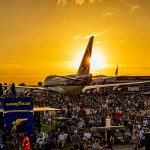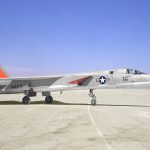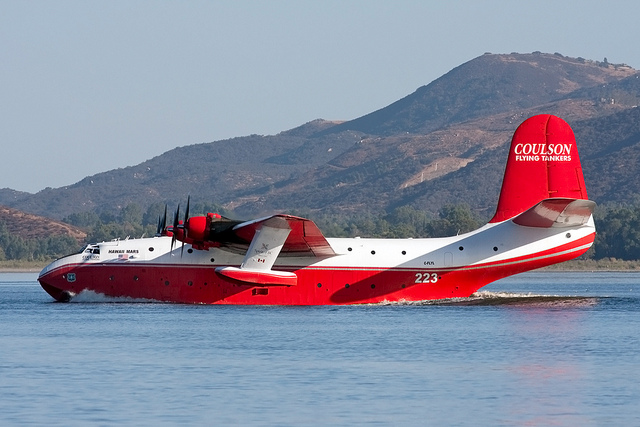On this day in aviation history, 85 years ago—May 1, 1940—the Douglas SBD Dauntless took to the skies for the first time. Designed as a carrier-based dive bomber, the SBD also served as a naval scout aircraft. While the U.S. Navy designated it the Dauntless, the U.S. Army Air Corps operated a land-based version known as the A-24 Banshee. The aircraft earned the nickname “Slow But Deadly,” a nod to its modest top speed paired with lethal dive-bombing precision.

The SBD Dauntless cemented its place in history during the Battle of Midway in June 1942. In one of the most decisive naval engagements of World War II, Dauntless pilots sank four Japanese aircraft carriers—Akagi, Kaga, Soryu, and Hiryu. This dramatic turning point in the Pacific War has been depicted in Hollywood productions, first in Midway (1976) and again in the 2019 remake. The skill and bravery of the Dauntless crews helped shift the balance of power in the Pacific Theater.

Crewed by a pilot and a rear gunner, the Dauntless was powered by a Wright R-1820-60 Cyclone radial engine producing 1,200 horsepower, driving a three-bladed Hamilton Standard constant-speed propeller. It had a top speed of 255 mph and a cruising speed of 185 mph. Armament included two forward-firing .50 caliber Browning M2 machine guns and twin rear-mounted .30 caliber guns for defense. The aircraft could carry up to 2,250 pounds of bombs.
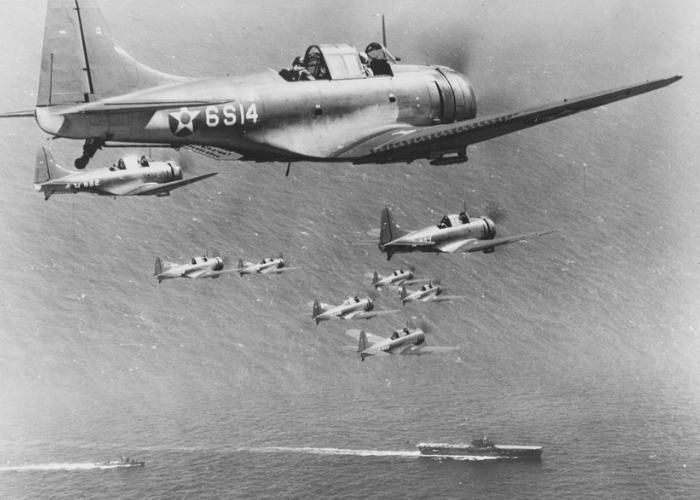
A total of 5,936 SBDs were built during the war. Nearly two dozen survive today, with five airworthy examples in the United States. Additionally, an SBD-5 is currently undergoing restoration to flying condition at the Military Aviation Museum in Virginia Beach.





